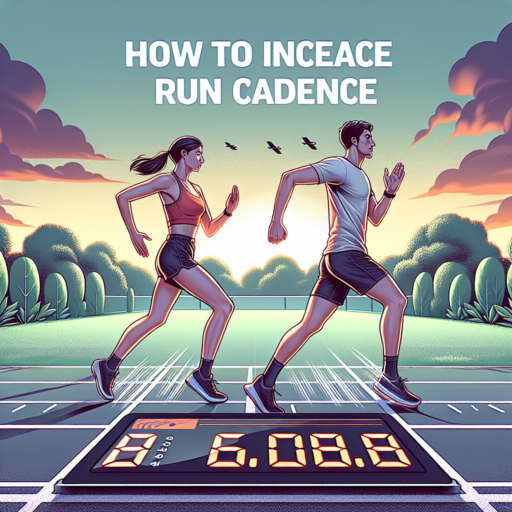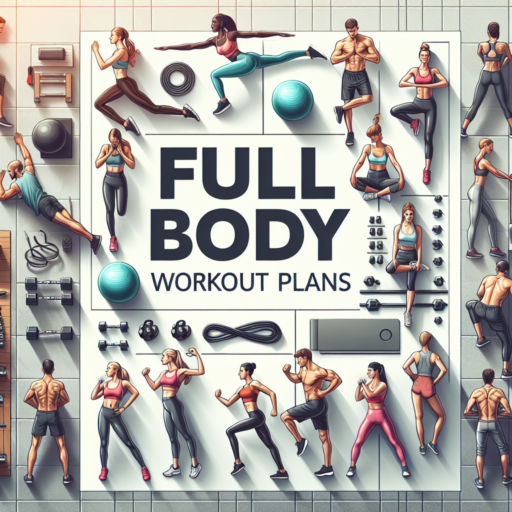How do you improve running cadence?
Improving your running cadence is a crucial part of becoming a more efficient and faster runner. First and foremost, it’s essential to understand your current cadence. You can do this by counting the number of steps you take on one foot for 60 seconds and then doubling it. The ideal cadence is often cited as 180 steps per minute, but this varies from runner to runner.
Once you know your baseline, you can begin to gradually increase your cadence. A practical method is to aim for a 5% increase at a time. This can be achieved by using a metronome app specifically designed for runners. By setting the metronome to your target cadence and running to the beat, you train your body to adapt to a new rhythm without overwhelming it.
Incorporating stride-specific strength training exercises is also beneficial for improving cadence. Exercises that enhance your core stability, leg strength, and flexibility can lead to significant improvements. Focus on workouts that target the calves, hip flexors, and glutes, as these play a significant role in your running stride and speed. Commitment to these incremental steps and consistent practice will pave the way to efficiently increasing your running cadence.
No se han encontrado productos.
Can I increase cadence without increasing pace?
In the realm of running, increasing cadence while maintaining the same pace can seem like a paradox. However, improving your step rate without necessarily speeding up is not only possible but also beneficial for many. The key lies in understanding the dynamics between these two elements and how they can be manipulated for enhanced efficiency and reduced injury risk.
Understanding Cadence and Pace Relationship
Firstly, it’s essential to grasp the interplay between cadence (the number of steps one takes per minute) and pace (the time it takes to cover a specific distance). While they are interconnected, altering one doesn’t inevitably mean a change in the other. By focusing on shorter, more rapid steps, runners can increase their cadence without affecting their overall speed. This method can lead to more energy-efficient running forms and potentially decrease the likelihood of strain or injury by minimizing the impact on lower body joints.
Tips to Increase Cadence
- Use a Metronome: Employing a metronome or a metronome app can help runners maintain a consistent step rate, gradually increasing it without accelerating their pace.
- Shorten Your Stride: Reducing stride length naturally encourages a quicker turnover, promoting a higher cadence while keeping the pace steady.
- Practice Drills: Specific running drills, such as high knees or butt kicks, can improve leg turnover rate and muscle memory, making it easier to adapt to a higher cadence during regular runs.
Through strategic adjustments and consistent practice, runners can achieve a noteworthy increase in cadence without the necessity to boost their pace. This approach not only optimizes running efficiency but also contributes significantly to long-term joint health and injury prevention.
Is 150 cadence too slow?
Many runners and cyclists ponder whether a 150 cadence is too slow for optimal performance. This magic number of steps or pedal strokes per minute is often debated among fitness enthusiasts. To understand its adequacy, it’s vital to consider the individual’s goals, physical condition, and sport specifics.
Understanding Cadence in Running and Cycling
Cadence, defined as the number of steps or pedal strokes per minute, plays a crucial role in running and cycling efficiency. While elite athletes might aim for higher numbers, a 150 cadence can be perfectly adequate for many enthusiasts. It’s a balancing act between maintaining a rhythm that conserves energy while maximizing forward momentum.
Factors Affecting Ideal Cadence
- Physical Fitness: An individual’s physical condition significantly influences their ideal cadence. Beginners may find a slower cadence more manageable as they build up endurance and strength.
- Sport Specifics: The demands of running vs. cycling can lead to different ideal cadences. Cyclists might be able to sustain higher cadences more comfortably due to the mechanics of biking.
- Personal Comfort: Ultimately, the right cadence is also a matter of personal preference. What feels too slow for some may be perfect for others, highlighting the need for tailored training plans.
What is a bad running cadence?
Understanding bad running cadence is crucial to improving running efficiency and reducing the risk of injuries. A running cadence considered ‘bad’ typically falls below 150-160 steps per minute for most adult runners. This slower cadence can lead to overstriding, where the foot lands well ahead of the body’s center of gravity, generating increased stress on the lower limbs and potentially leading to a higher risk of running-related injuries.
One of the main characteristics of a bad running cadence is the increased ground contact time, which is the amount of time a runner’s foot stays on the ground with each step. This not only reduces running efficiency by slowing down the runner but also increases the exposure to vertical forces that contribute significantly to fatigue and wear on the body over time. Adjusting to a quicker cadence can help mitigate these risks, promoting a more economical running form that favors endurance and speed.
Moreover, runners experiencing a bad cadence often report a heavier, more labored running experience, which can make running less enjoyable and more of a chore. This can lead to decreased motivation and potentially discourage individuals from maintaining a consistent running routine. It is important for runners to listen to their bodies and consider adjustments to their cadence through guided training or professional advice.




